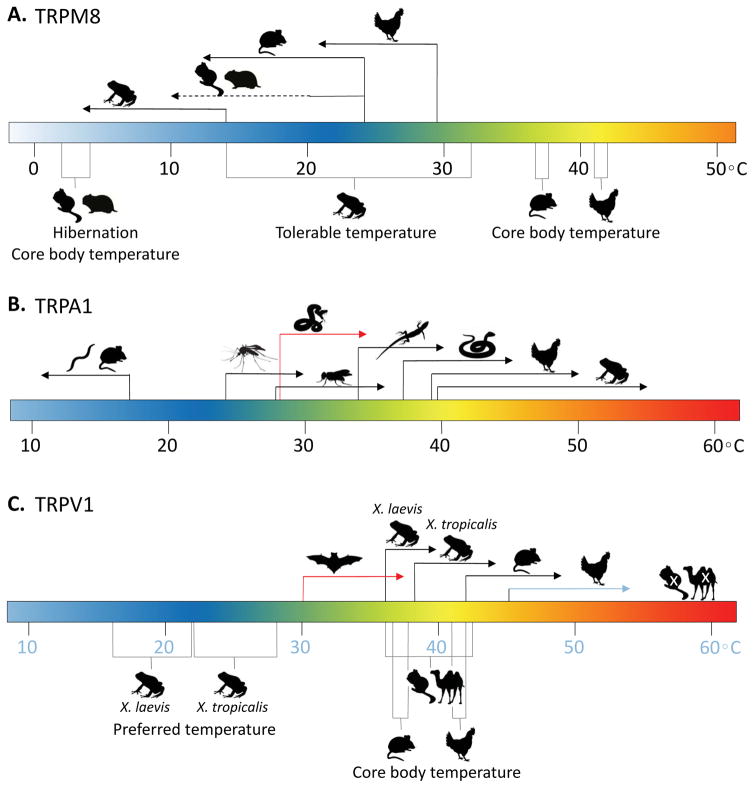Figure 4. Species-specific temperature ranges of TRPM8, TRPA1, and TRPV1.
A. Half-maximal activation temperatures of TRPM8 from chicken (29.4°C), rat (24°C), and frogs (13.9) correlate with the body temperature of chicken (41°C – 42°C) and rat (~37°C), and the tolerable temperature of frogs (14°C – 32°C). The body temperature of hibernating thirteen-lined ground squirrels and Syrian hamsters drops as low as 2°C – 4°C, which these animals may be able to tolerate due to reduced TRPM8 sensitivity in the range of 20°C - 10°C (denoted by dotted line). B. TRPA1 apparent activation threshold of mouse (<17°C), worm (<17°C), mosquito TRPA1-B (24.8°C), fruit fly TRPA1-B (27.8°C), rattlesnake (32.7°C), green anole (33.9°C), rat snake (37°C), chicken (39.4°C), and frog (39.7°C). Red arrow denotes specialized use of TRPA1 in snake pit organs as a radiant heat sensor. C. TRPV1 apparent activation threshold of frog Xenopus laevis (36°C), frog Xenopus tropicalis (38°C), mouse (>42°C), and chicken (>45°C), which correlate with the preferred temperature of Xenopus laevis (16°C – 22°C) and Xenopus tropicalis (22°C – 28°C), and the body temperature of mouse (~37°C) and chicken (41°C – 42°C). Extremophiles thirteen-lined ground squirrel and wild Bactrian camel tolerate a greater variation of body temperatures, and their TRPV1 homologs are not sensitive to heat. Red arrow denotes specialized use of TRPV1-S isoform as a heat sensor in pit organs of vampire bats (30°C).

